Who is your enemy – ask any Indian Army soldier and you are sure to get the answer that perhaps everyone knows and expects? But, why is he your enemy; is a tough call to answer. Day in and day out our soldiers are trained to fight and kill a faceless enemy who does not have a name but perhaps only a nationality. Indian Army training notes are quirky enough to call the enemy to be the Chandal and the Nark Army. We meticulously teach the organizational strength of Nark and Chandal Armies, their tactics in the battlefield, equipment profile and deployment so that our soldiers can be trained to fight and win the battles that may unfold in their active career.
“If you know the enemy and know yourself you need not fear the results of a hundred battles.” Isn’t it ironic that we don’t mind focusing on what Sun Tzu; the famous Chinese General, military tactician, philosopher and writer, had told his Army? How is it that we wholeheartedly appreciate and follow what our enemy teaches (to their own soldiers)? So, the moot question is – can you really admire your enemy? Follow his wisdom? Appreciate his intellect and bravery and other humane qualities? If the answer to all that is ‘yes’ than who really qualifies to be your enemy?
At this moment, I cannot help but recall the crucial moment in the history of conflict between Lord Ram and King Ravan. What moral fibre must exist in the society in those days where you can invite your arch rival to come and perform shiv puja at Rameswaram because he happens to be the most learned and qualified Pandit to perform such a puja. It beats the modern-day logic and may fall in the category of foolishness now for Ravan to not only accept the invitation but also arrive with Sita so that Ram can perform the puja since this puja could not have been performed without the spouse if you are a married man. Do you also know that Ram is embarking on a journey to Lanka to fight the same Ravan and bring back his wife Sita, who had been forcefully abducted by him? One does not have to go so far back in history to understand the rich and lofty traditions of our ancient past. Talk about Prithvi Raj Chauhan, Badal Gora, Maharana Pratap and countless other Heroes that define the epitome of human excellence then you know where the India Army gets its strength of character.
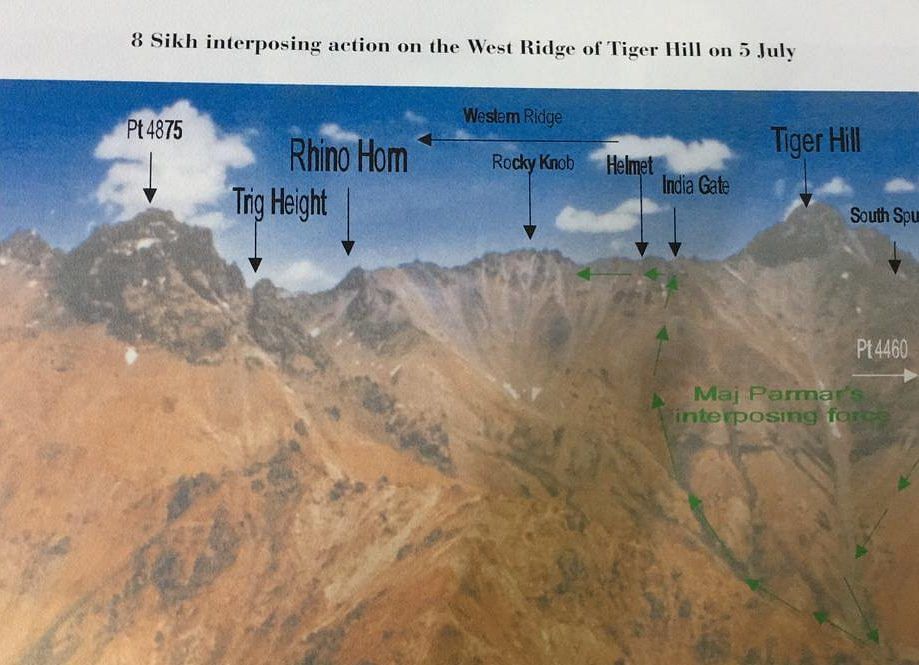
The Kargil war of 1999 was a dark phase in the history of India and Pakistan as both sides suffered heavy casualties and scars that would last a lifetime. India led the path to victory in Operation Vijay and while the nation beamed with pride, it had been 23 years of silent tears for the families of the soldiers who laid down their lives on both sides of the borders. One such compelling tale is that of Captain Karnal Sher Khan of Pakistan who was awarded the highest gallantry award, the ‘Nishan-E-Haider’. Would you believe that it became possible only after an Indian Army officer wrote a special letter of appreciation to Pakistan and requested the Captain’s bravery to be acknowledged. Captain Khan, who was killed in action, was initially abandoned by his country while Pakistan continued to deny and acknowledge that its army personnel had been involved in the battle. Late Captain Karnal Sher Khan eventually received Pakistan’s highest gallantry award, the Nishan-e-Haider which was made possible by an Indian Army officer, Brigadier M.P.S. Bajwa (now retired), who was then commanding the 192 Mountain Brigade. Captain Sher Khan had indeed laid down his life while fighting against the soldiers of Brigadier Bajwa. All this happened during the famous battle of Tiger Hill.
The Battle of Tiger Hill is one of the bravest battles fought around the peak of Tiger Hill by the Indian Army against Pakistan from May to July in 1999, during the Kargil War. Recapturing Tiger Hill was one of the important victories in the entire “Operation Vijay” campaign. The Indian Army had realised that the capture of Tiger Hill would provide a major psychological boost to Indian operations and hurt the morale of Pakistani troops. The Indian Army’s 192 Brigade had launched the final offensive against the Pakistani intruders disguised as terrorists sitting atop Tiger Hill. The three battalions of the Indian Army, namely 18 Grenadiers, 2 Naga Regiment, and 8 Sikh Regiment, were put into action to capture the peak, with additional support from the artillery.
Considering that the Pakistan Army had the advantage of height and precision strikes from the top, the Indian Army had carefully planned the attack on Tiger Hills. The soldiers of Sikh Regiment were asked to launch an attack from the Southern and Northern directions, while the 18 Grenadiers was tasked to capture the western side leading to the hill to prevent the Pakistani Army from sending reinforcements.
On July 6, the final attack to capture Tiger Hill was launched in the hours of darkness. First, 18 Grenadiers sub-divided themselves into Alpha, Charlie and Ghatak companies. Then, 8 Sikhs began their attack from the northern and southern end to divert the enemy’s attention. Meanwhile, Ghatak Platoon of 18 Grenadiers silently climbed a steep cliff of over 10,000 feet to reach the top.
Brave Indian Army soldiers surprised the Pakistan soldiers sitting warmly inside their bunkers, who were not at all expecting Indian soldiers to climb the steep rocky mountains. The Pakistani soldiers panicked and began indiscriminate firing, causing severe casualties. Finally, Indian Soldiers managed to regain control of Tiger Hill. The Tiger Hill was declared to be reclaimed on the morning of July 8 as the tricolour was unfurled at the top of the hill.
Brig MPS Bajwa, recalls that day explaining what led him to write that letter of appreciation for this Pakistani officer who gallantly fought his troops.
“He led fierce counterattacks, which almost dislodged us from Tiger Hill. Had he succeeded, it would have been impossible to get a hold on the top again. The troops of 8 Sikh Battalion, located at Helmet and India Gate locations, bore the brunt of the counterattack led by Captain Karnal Sher Khan.”
“Radio intercepts had also indicated that a fierce counterattack was developing anytime. At around 6.45 the next morning, the first counter-attack was made by a weak platoon of 20 men, which 8 Sikh could beat back successfully.”
“But subsequently, a fierce attack led by two Pakistani officers (later identified as Captain Khan of the 12 Northern Light Infantry and Major Iqbal of the Special Service Group) killed three JCOs” Brigadier Bajwa said, adding that the attack was supported by artillery fire. This forced the rest of the Indian soldiers to withdraw to another location. At one time, a situation arose wherein we had both our officers wounded, with three and 15 soldiers dead, besides 18 soldiers injured,” he said. At this point, Brig Bajwa spoke to the forward-most soldier, Sepoy Satpal Singh, and came to know that this Pakistani officer, Captain Khan, who was leading the attack, was time and again motivating the remaining troops to press on. He realised that it was important to take down the Pakistani officer, and so directions were issued.
Sepoy Singh and two other soldiers managed to kill three leading Pakistani soldiers, and shot Captain Khan from 10 yards.
“The battle of Tiger Hill was thus won. We buried 30 enemy dead. I, thereafter, through civilian porters, got Captain Khan’s body down from Tiger Hill. After a search, we found letters written by his wife in Urdu. The Captain had really fought bravely,” Bajwa said.
Before dispatching the body to Delhi, he informed his General Officer Commanding of Khan’s bravery and expressed the desire to write a small letter of appreciation and citation that Captain Khan had fought very bravely and must be given his due recognition.
“A piece of paper with a hand-written citation was placed in his pocket. Initially, Pakistan refused to take his body, saying that their soldiers had never fought, but later the body was accepted…It was heartening that he was awarded the Nishan-e-Haider. I received a letter of thanks to the Indian Army from his father.” Brig Bajwa reminiscenced.

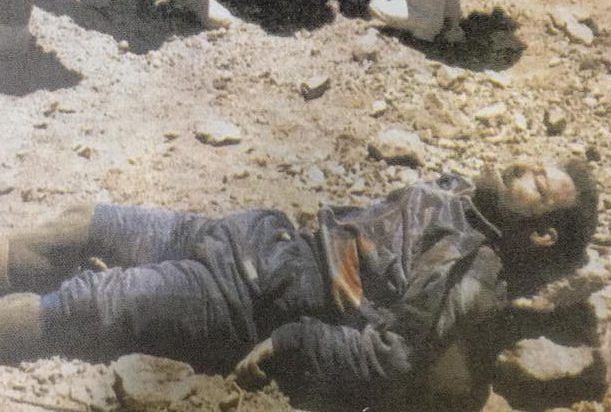
I often wonder, who really is the enemy? Does the character of a soldier change just because he is on the other side of the border? If the only definition of enemy is someone who stands on the other side when the battle lines are drawn, then I will say that we are going to remain in a perpetual state of conflict for a long time. By conflict I don’t mean only physical, outwardly conflict, but also within our minds, which is a more intense kind of conflict. It is therefore important for all of us to know who the real enemy is.
To me the real enemy is someone who takes the sacrifices of our soldiers for granted. It is someone who can conveniently speak and support that soldiers are meant to die, as no one had forced them to join this profession. To me the biggest enemy of a soldier is the one who takes away the opportunities from a soldier to adequately train during peacetime, someone who allows an inferior piece of equipment to be bought just because it fulfills his coffers. Enemy of my soldiers is someone who advocates showering of awards and cash on sports persons but has no time to spare for the predicament of the next of kin of the martyred soldiers in the line of duty.
Can I request my readers to raise their voice for their soldiers when time comes, so that we can battle the real enemy and defeat it?
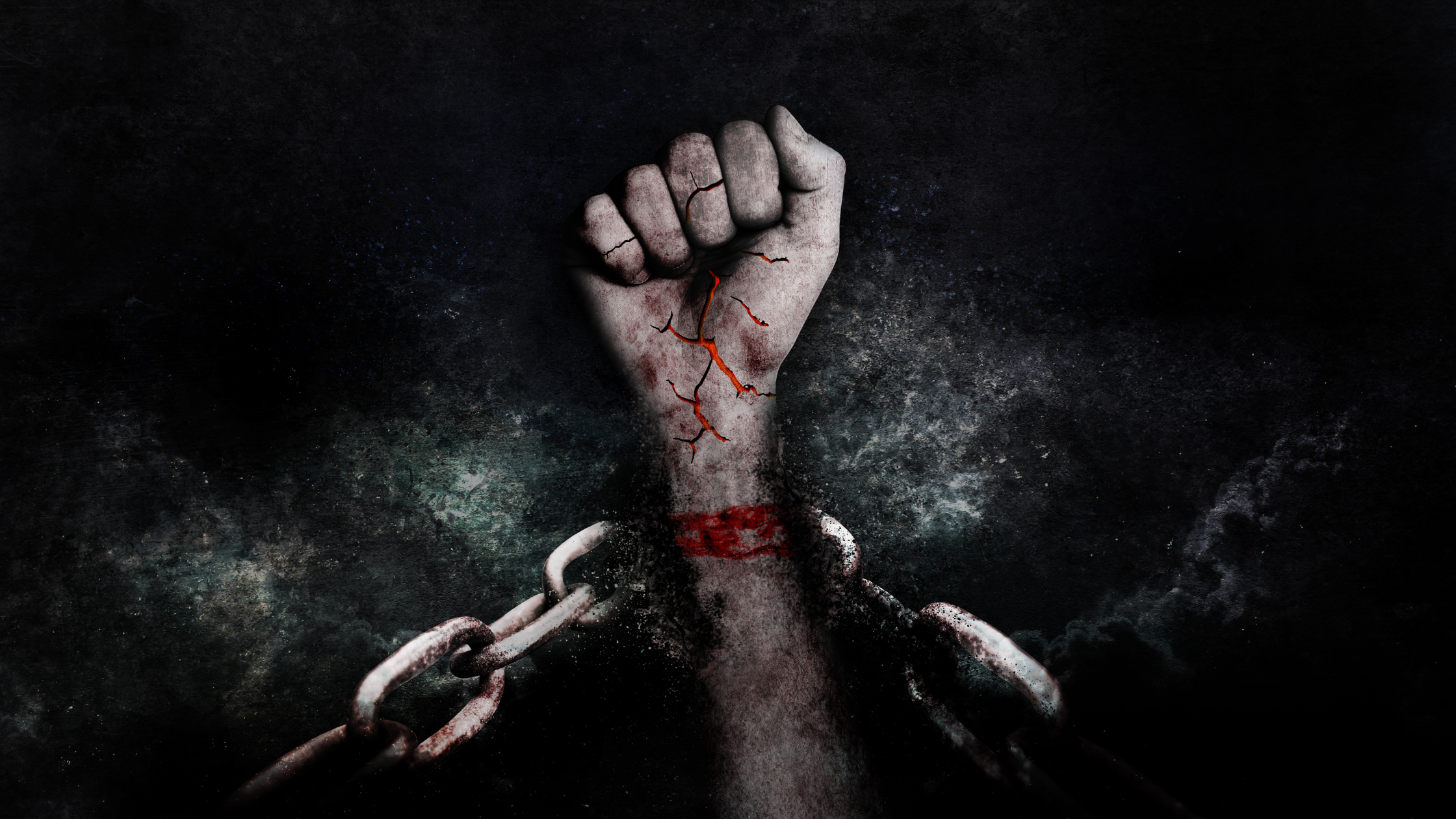
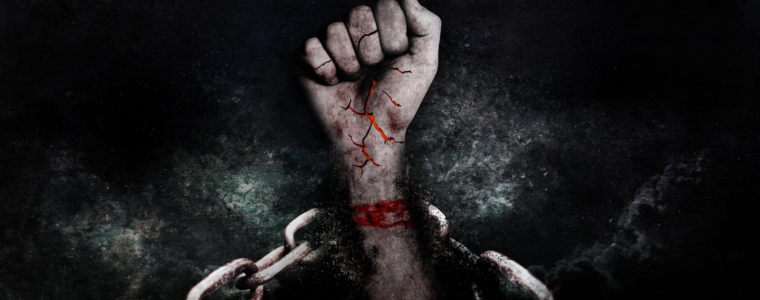
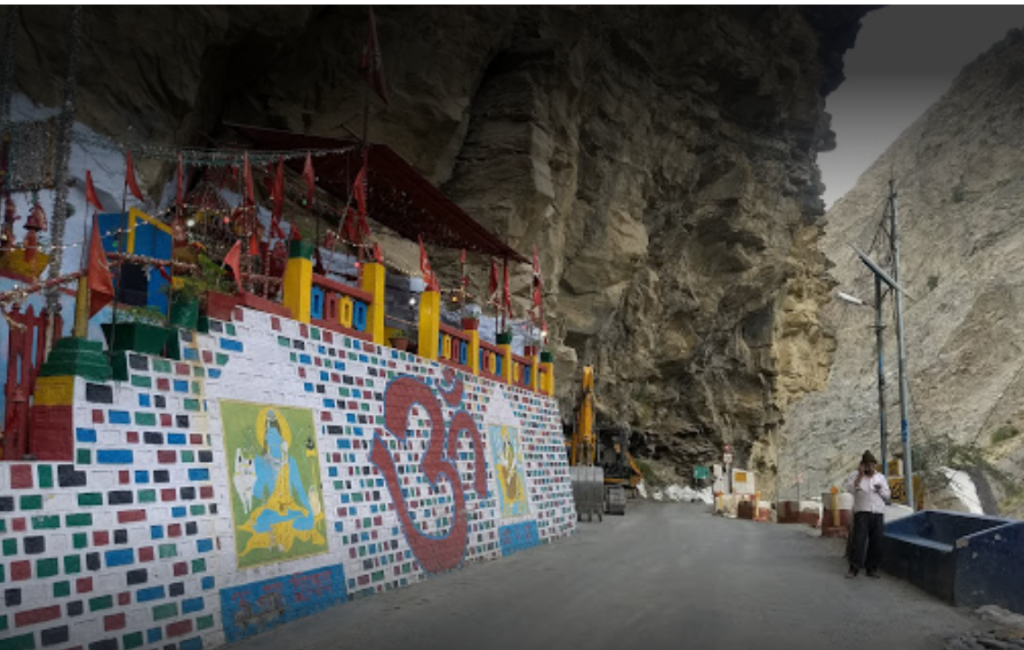
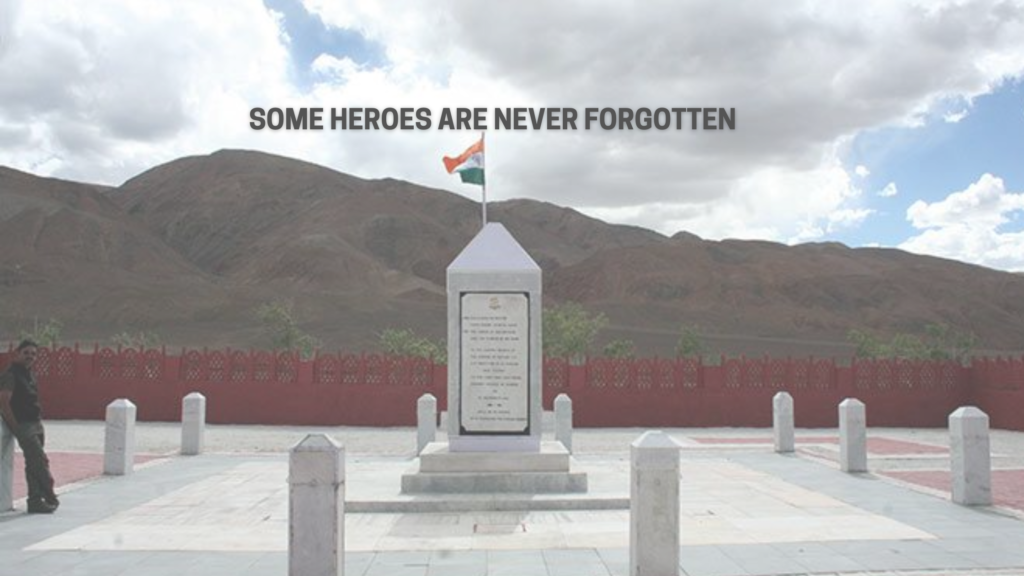
amazing
Thanks KK for spending time to read.